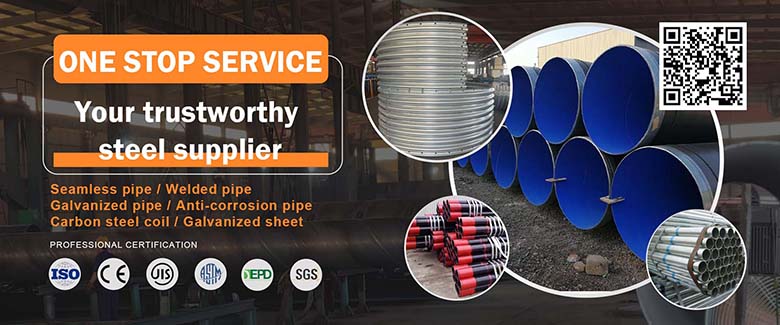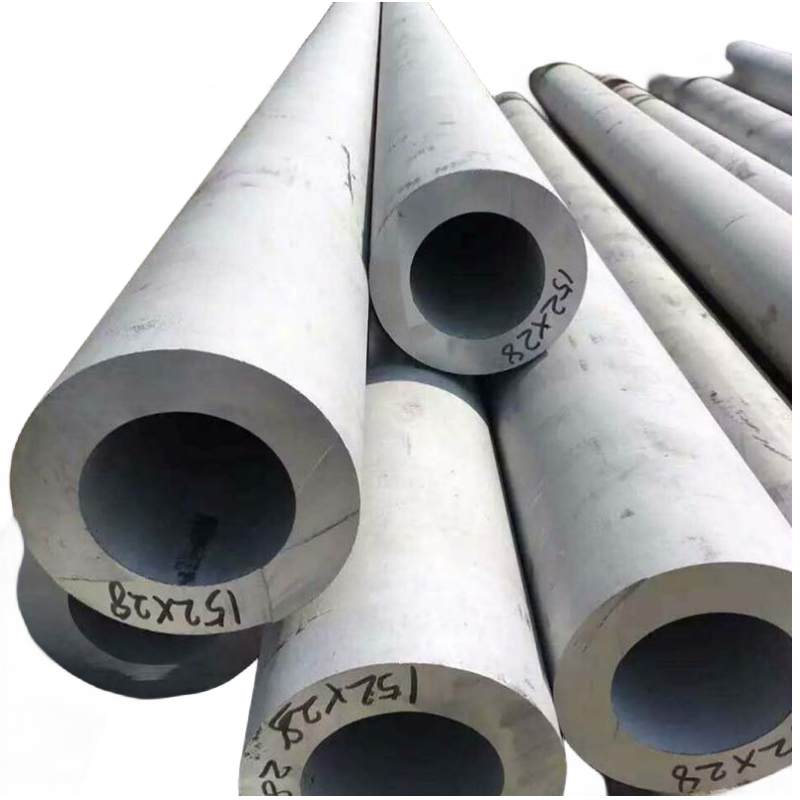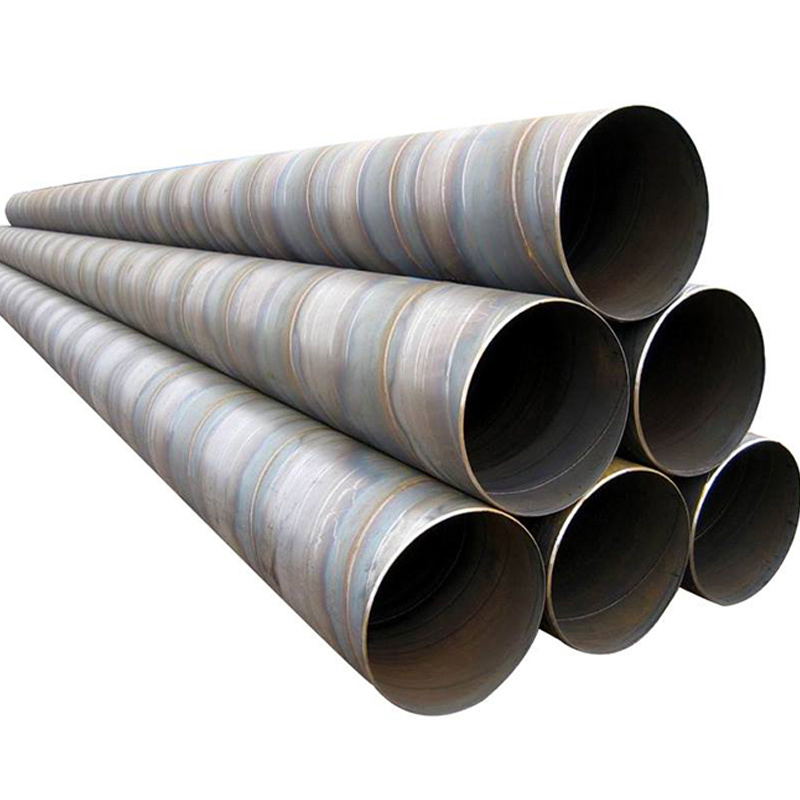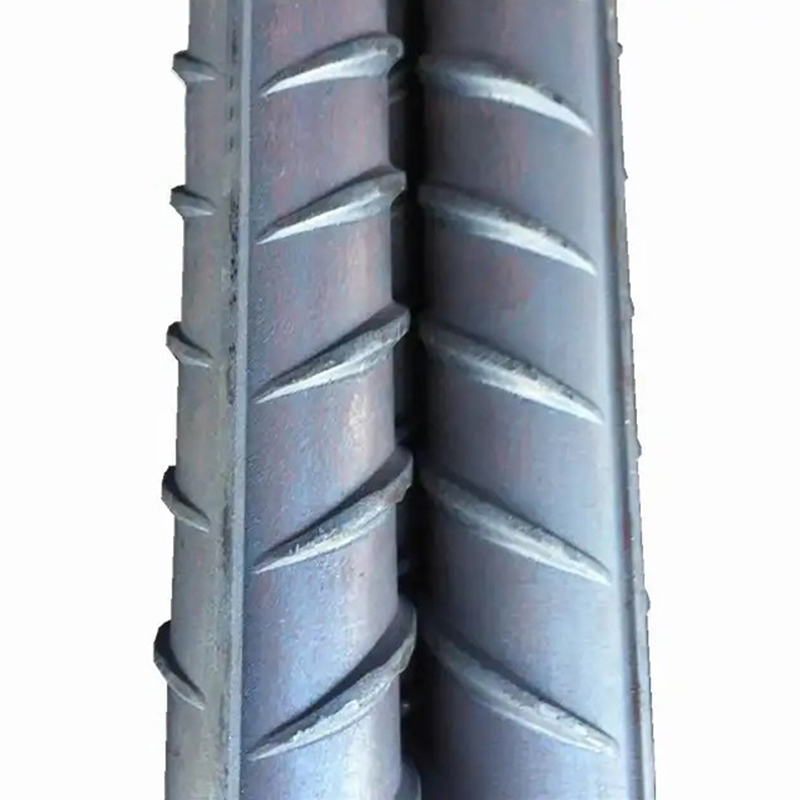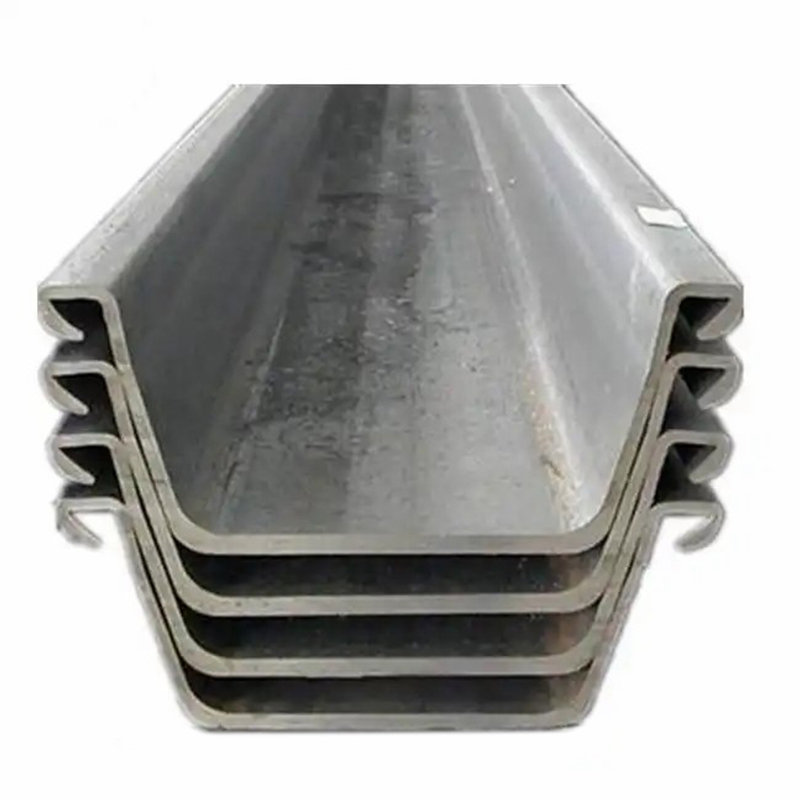Introduction to Spiral Submerged Arc Welded Pipes (SSAW)
Spiral Submerged Arc Welded Pipe (SSAW) stands as one of the most widely used pipe types in the oil and gas long-distance pipeline sector. With its unique spiral forming process, flexible raw material adaptability, and cost advantages, it holds a significant position in the global pipeline industry. Particularly in countries like China, it remains the “traditional mainstay” for trunkline pipelines.

I. Core Manufacturing Process: The Art of Spiral Welding During Forming
The manufacturing process of spiral submerged arc welded pipes is highly distinctive. The production sequence involves using coiled carbon steel or stainless steel strip as raw material. As the strip passes through a series of forming rolls, it is bent while maintaining a specific, adjustable “forming angle” between its direction of travel and the centerline of the final pipe. During this continuous forming process, submerged arc welding is simultaneously performed on both the inner and outer surfaces of the pipe, ultimately forming a continuous spiral weld seam.
This “forming and welding simultaneously” is the most fundamental characteristic of the SSAW process, fundamentally distinguishing it from straight seam welded pipes (such as LSAW) that are formed first and then welded.
II. Key Characteristics and Analysis of Advantages/Disadvantages
Advantages:
High raw material adaptability and production flexibility: This represents one of SSAW pipe's most significant strengths. Steel strips of identical width and thickness can produce pipes of multiple diameters simply by adjusting the forming angle. This substantially reduces raw material procurement and inventory costs, making it particularly suitable for orders requiring diverse specifications and small batches.
Superior weld seam stress performance: The helical weld seam effectively avoids primary stress directions. This allows stress to distribute more uniformly across the entire pipe body when subjected to internal pressure, resulting in excellent pressure-bearing capacity.
High cost-effectiveness: Utilizing relatively inexpensive strip steel raw materials and a continuous production process, SSAW pipes typically offer stronger cost competitiveness in large-scale engineering projects.
Disadvantages and Challenges:
Relatively Lower Geometric Precision: Compared to straight seam high-frequency welded pipes (ERW) and straight seam submerged arc welded pipes (LSAW), SSAW pipes exhibit slightly inferior geometric precision in roundness and straightness.
Longer weld length increases defect risk: The total length of the helical weld significantly exceeds that of equivalent straight-seam pipes, raising the probability of welding defects (e.g., cracks, porosity, slag inclusions, weld offset). Residual stresses from welding also typically result in unfavorable tensile stress conditions.
Divergent international acceptance: Due to these potential quality risks, industrial powerhouses like the United States, Japan, and Germany have largely discontinued using SSAW pipes in their primary oil and gas transmission lines. Countries such as Canada and Italy permit limited use but impose extremely stringent supplementary conditions. This divergence primarily stems from differing considerations regarding long-term pipeline safety and reliability.
III. Material Applications: Carbon Steel and Stainless Steel
Carbon Steel SSAW Pipes: This is the absolute mainstream choice. Carbon steel, with its high strength, low cost, and mature manufacturing processes, is the preferred material for oil and gas transmission (crude oil, natural gas, refined oil products), water conveyance, structural support, and other applications. The majority of spiral pipes used in major domestic pipelines, such as the West-East Gas Pipeline mentioned in the text, are made of high-strength carbon steel.
Stainless Steel SSAW Pipes: Primarily used for transporting corrosive media or in specific environments (e.g., food, pharmaceutical, chemical industries) requiring high cleanliness and corrosion resistance. However, their cost is significantly higher than carbon steel, limiting their application in long-distance oil and gas transmission.
Summary
Spiral submerged arc welded pipe (SSAW) is a significant pipe type developed under specific historical circumstances and techno-economic conditions. Leveraging its production flexibility and cost advantages, it has played an irreplaceable role in pipeline construction in countries like China. However, facing increasingly stringent global demands for pipeline safety and reliability, traditional SSAW pipes now confront challenges. Future development hinges on continuous technological innovation—such as separate forming and welding, and post-weld expansion—to enhance quality and performance. This will narrow the gap with high-end submerged arc welded pipes, enabling broader application scenarios, particularly in demanding oil and gas transportation environments, where they can achieve greater recognition and competitiveness.
